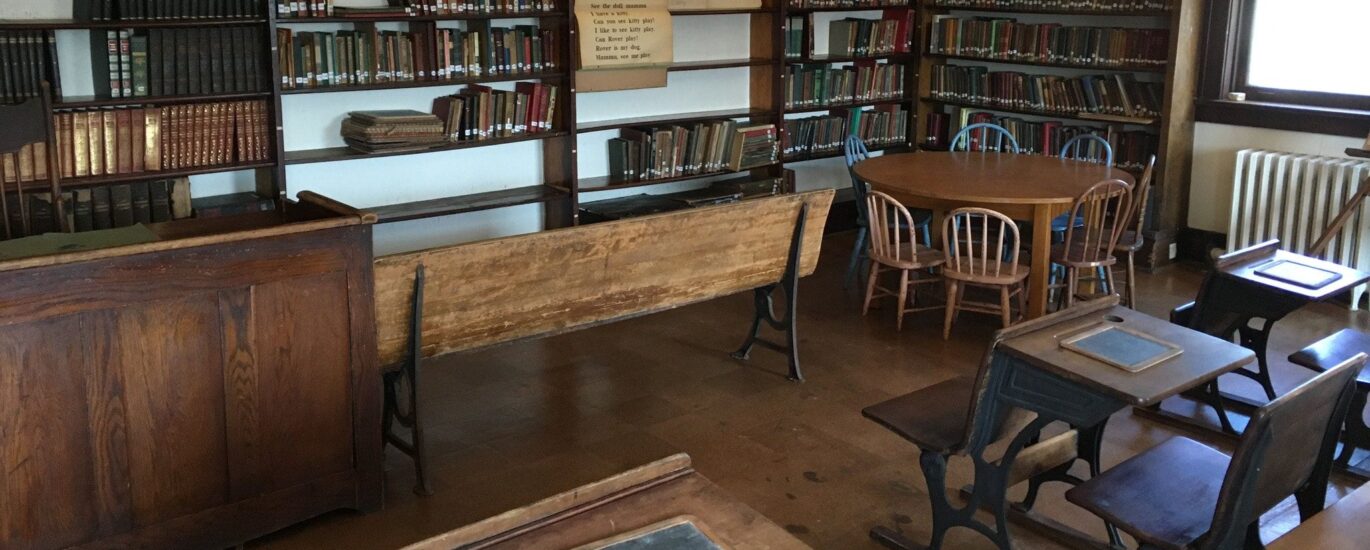Welcome to the Old Courthouse Museum & Jail, a remarkable relic of Wisconsin’s judicial history. Constructed between 1873 and 1874, this building stands as the last wood-framed courthouse in the state, a testament to the craftsmanship and architectural style of its era. Nestled in the heart of Pepin County, this courthouse has witnessed the ebb and flow of history and continues to serve as a window into the past.
The courthouse and adjacent jail are both listed on the State and National Registers of Historic Places, highlighting their significance in Wisconsin’s architectural and cultural heritage. The courthouse was built during a time when the state was burgeoning with communities eager to establish order and governance. Its wood-frame construction is a rare survival, giving visitors a glimpse into the 19th-century methods and materials used in civic buildings.
Over the decades, the Old Courthouse has seen numerous trials and legal proceedings that have shaped the local judiciary system. It has been the center of legal authority, where justice was served and community disputes were resolved.
As you explore the courthouse, imagine the notable figures who might have walked its halls. Judges and lawyers of the late 1800s, dressed in their period attire, deliberating cases that ranged from land disputes to criminal prosecutions. The jail, an integral part of the courthouse complex, held individuals awaiting trial, adding a layer of human drama to the building’s history.
Today, the Old Courthouse Museum & Jail stands as a beacon of education and preservation. It invites visitors to delve into the past, offering exhibitions that showcase the rich history of Pepin County and Wisconsin. From its architecture to its storied past, the Old Courthouse Museum & Jail is a cornerstone of historical inquiry and public education.
Whether you’re arriving by car, on foot, or exploring remotely, the Old Courthouse Museum & Jail offers a unique journey through time, providing insights into the legal and cultural history that shaped this region.




